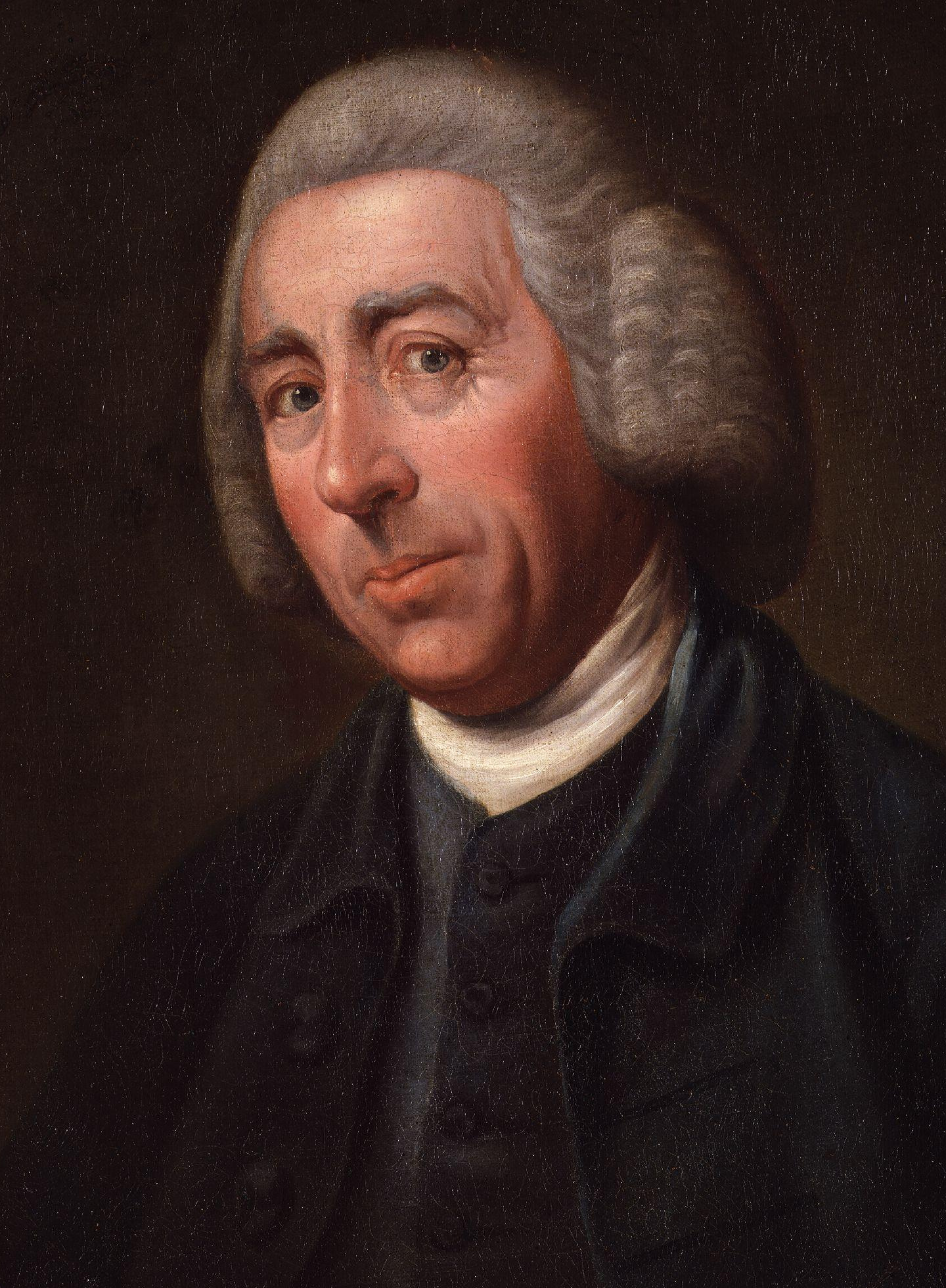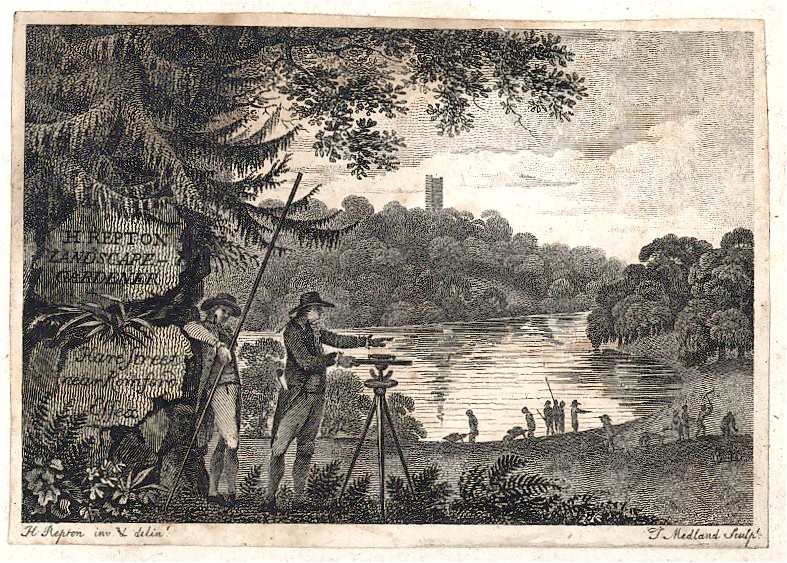 |
| Brown's landscape at Longleat - more natural than nature |
Many thousands of acres of downland Britain that we assume are ‘natural’ were, in fact, parts of carefully designed English landscape gardens created in the 18th and early 19th centuries. The move away from the formal, French-inspired garden of the late 17th century towards a reappraisal of Nature was stimulated by the Grand Tour, innovative farming techniques, and Enclosure.
 |
| Charles Bridgeman |
The first ‘landscapist’ was Charles Bridgeman (d.1738), and his greatest contribution was the introduction of the sunken hedge or ‘ha-ha’.
 |
| A ha-ha |
This brought the broader landscape into the garden, which evolved not just as something to look at, but also to look through.
 |
| William Kent |
The pace of change was maintained by William Kent (1684-1748) - the subject of an earlier post - who further de-formalised the garden and created idealised, picturesque landscapes - works of art inspirited by the Classics and set within a tamed, sculptured Nature.
 |
| Venus Vale at Rousham |
However, it was the much-maligned Lancelot ‘Capability’ Brown (1716-83) who created what has been described as Britain’s greatest contribution to world art.
 |
| Lancelot 'Capability' Brown |
His landscapes were wholly English in their character and inspiration, and Sir Horace Walpole perfectly encapsulated Brown’s work: ‘Such was the effect of his genius that when he was the happiest man he will be least remembered, so closely did he copy nature that his works will be mistaken.’
 |
| Blenheim Palace |
I also argue that if you apply the maxim ‘form follows function’ Brown was the original Minimalist Modernist - a work of art composed of water, grass, trees and topography that simultaneously turned in a profit as a productive landscape.
 |
| Humphry Repton |
Brown’s successor was Humphry Repton (1752-1818), who I call 'Practicality' Repton because he combined beauty with utility primarily by reintroducing the terrace, but as Industrial Revolution suburbia rose and gardening for the masses arrived, formality returned to the garden....
 |
| Sheringham Hall |
If you want to experience these works of art here are some suggestions of gardens to visit. There is no unadulterated Bridgeman garden extant, although Claremont in Surrey and Chiswick House in London retains elements. The latter was designed in co-operation with Kent with whom Bridgeman worked on several projects











